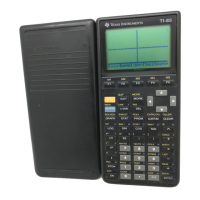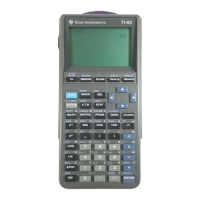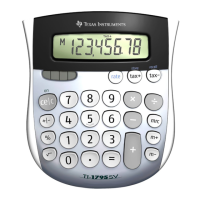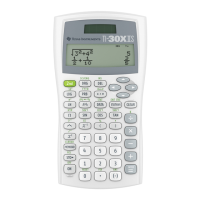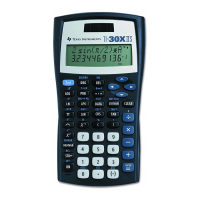There has been some confusion about the number of significant digits used by the TI-89 / TI-92 Plus,
which can be cleared up by referring to the TI SDK manual. In usual calculator operation, 12 significant
digits are displayed, except for regression results, in which 14 significant digits can be shown. 14
significant digits are used for 'normal' calculator operation, and for TI Basic calculations. However, C
programs can use the C 'double' floating point, type, as this quote from section 16.4 describes:
"Applications can work with float numbers on the estack or in C floating-point
variables. The compiler supports two forms of floating-point values as described
in Chapter 2 of the compiler documentation. The calculator implementation uses
the standard C type double. The symbols BCD16 and Float are also defined to
be double. BCD16 is the recommended type for declaring floating-point variables
in applications.
"This type uses a 16-digit mantissa and provides more accuracy. Thus, BCD16
variables provide the best results when implementing iterative algorithms that
require a great deal of floating-point computation.
"push_Float is the routine that converts a C floating-point value into a tagged
floating-point value on the expression stack. The 16-digit value is rounded to
14-digits, pushed onto the estack, and then a FLOAT_TAG is pushed on top."
The C program listed above defines a as double, and this is why the TI-89/92+ relative accuracy is
slightly better than that of the HP-49G. For the vast majority of applications, this difference is
insignificant.
I mentioned earlier that the relative accuracy at a single point is a poor indicator of accuracy. The plot
below shows the relative accuracy at each calculator point, up to 4,250 points. This data is from the
TI-89 / TI-92 Plus TI Basic program.
6 - 87





